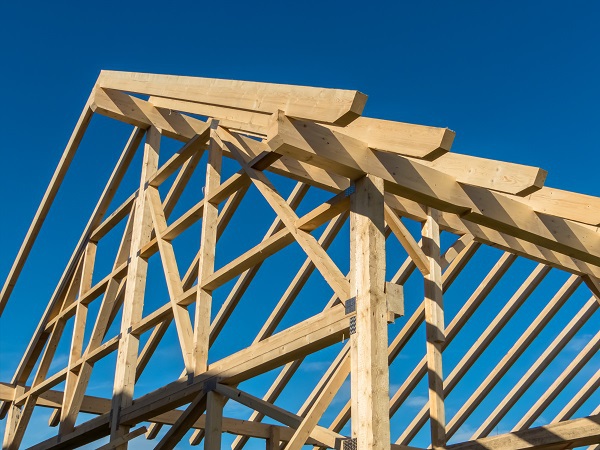
If you have just had a new home built, your goal throughout the process was most likely to come as close to perfection as possible, and certainly avoid major construction defects. The first step is to find a good contractor, whether hiring them on referrals from friends or perhaps after seeing a home they built in your neighborhood. After that, the property must be examined and a soil analysis must be performed. Designs are decided upon, the project scope is fleshed out, contracts are signed, and the project begins. Most likely, you have a full understanding of what will happen from beginning to end, and you probably show up at the job site regularly to see how work is progressing—as well as out of sheer excitement.
Construction Defects May Lie Dormant for Months or Years
All the above steps, and more, are meant to stave off problems later. Unfortunately, even if the contractor, subcontractors, and home inspectors examine the home fully during the project and at the end, construction defects may still be present. Sometimes it is almost as if they are lying dormant, waiting until you least expect it and then springing forward, literally—often in the form of a serious leak or even worse catastrophe.
Water Intrusion May Lead to Toxic Mold
A defect in your roofing system could leave your home vulnerable to water intrusion. And if excessive moisture builds up in your attic without you knowing it at first, insulation, framing, items being stored, and more, could not only take on water damage and be ruined, but mold could also decide to take up residence in that upper area of your home. If spores are carried throughout the structure, everyone living there could feel the effects on their health, and especially much younger and much older individuals, as well as those with suppressed immune systems. Indoor mold can cause everything from ongoing cold-like symptoms to asthma, fever, and lung infections.
Mechanical & Electrical Defects Pose Fire Hazards
Mechanical defects can cause related issues as HVAC units may produce excessive condensation, leading to mold which can be spread throughout the heating and cooling vents, again leading to health problems. Both mechanical and electrical defects can be responsible for fire too, with hazards being directly related. Leaks from HVAC or hot water heaters can expose electrical wires to water, causing fire—and defective hot water heaters can be fire hazards on their own. Any potential electrical defect should be checked out immediately, as there is the possibility of fire out in the open or within the walls where the electrical system was set up. Signs of electrical defects usually include unpredictable or continued brownouts in the home, tripping breakers, non-functioning outlets, and more.
Contact Us for Help Now
Are you concerned about a possible construction defect? Call Shane Coons now at 949-333-0900 or email us at Shane.Coons@seclawoffices.com. We can review your case, answer your questions, and help you decide how to move forward. We are here to help!
